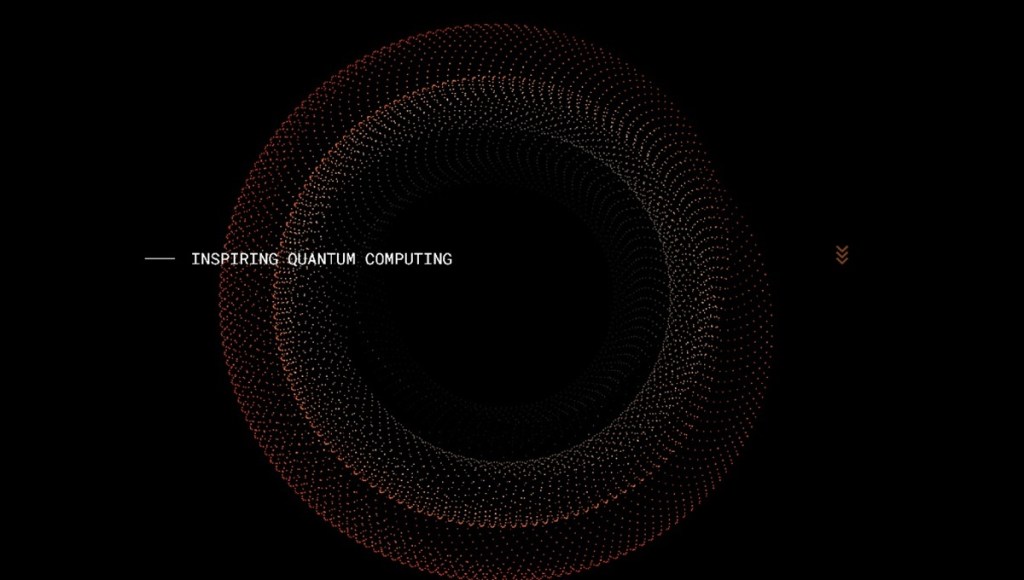Quantum Art a developer of full-stack quantum computers, has integrated Nvidia’s CUDA-Q hybrid quantum-classical platform into its “qubits.”
The integration of Nvidia’s open-source platform into its advanced circuit compiler for logical qubits will advance the performance of scalable quantum computing real-world applications.
The integration pairs Israel-based Quantum Art’s Logical Qubit Compiler which utilizes its unique Multi-qubit gates and Multi-Core architecture with NVIDIA CUDA-Q, an open-source hybrid quantum-classical computing platform, enabling developers to run applications across QPUs, CPUs, and GPUs.
By combining Quantum Art’s compiler, which is optimized for low circuit depth and scalable performance, with NVIDIA’s expertise in multi-core orchestration and developer enablement, the combination lays critical groundwork for the advancement of real-world quantum use cases.
How it works
For quantum algorithms to be practical and commercially useful, they have to retain the excellent performance of trapped ion qubits and all-to-all connectivity of trapped ion qubits needs to be retained, all while scaling up the number of qubits.
Today’s most common approaches to scaling up are are too slow and have compromised connectivity, and lead to large footprints and engineering complexity. Quantum Art’s solution makes the most out of the physical system by realizing advanced multi-qubit logic gates employed on dynamically reconfigurable, multi-core quantum processing units (QPUs).
This enables massive entanglement distribution and connectivity, to achieve computation power beyond that of competing solutions. Trapped ion qubits are the leading technological platform in quantum computing.
Natural qubits, with no fabrication variation between qubits.
Longest coherence time.
Best fidelity of logical operations.
Ion qubits are electromagnetically trapped in ultra-high vacuum. They are ionizated, cooled to micro-Kelvin temperatures, and manipulated using lasers.
The integration
The integration of Quantum Art’s compiler and NVIDIA CUDA-Q is expected to incorporate significant reduction in circuit depth and better performance due to its favourable multi-qubit and reconfigurable multi-core operation. Initial results on the physical layer already show better scaling (N vs. N2 code lines), and an effective improvement of up to 25% in the log of Quantum Volume circuits, inducing much shallower circuits with significant performance.
The significance is the ability to increase Quantum Volume dramatically, by using this compiler on such quantum hardware systems.
A key objective is to realize synthesis and optimization of quantum circuits at the ~200 logical qubit level, a scale aligned with emerging commercial use cases. Measurable performance improvements in circuit depth, T-gate count, and the number of required core reconfigurations will be analyzed. Quantum Volume will serve as the system-level benchmark to evaluate the overall effectiveness and scalability of the combined platform.
“We’re excited to work with NVIDIA, the leader in next-generation computing infrastructure, to combine our complementary strengths and accelerate the future of scalable quantum computing,” said Tal David, CEO of Quantum Art, in a statement. “Our trapped-ion qubits and proprietary multi-core architecture offer an unmatched scaling opportunity which is addressing the #1 challenge of quantum computers as the industry moves towards commercialization. Our compiler integration into CUDA-Q will enable developers to develop and optimize meaningful quantum applications at scale.”
“The CUDA-Q platform is built to accelerate breakthroughs in quantum computing by building on the successes of AI supercomputing”, said Sam Stanwyck, Group Product Manager for quantum computing at NVIDIA. “Quantum Art’s integration of CUDA-Q with their compiler is a prime example of how impressive performance improvements in quantum research are being found at the intersection of quantum and classical hardware”.
This work marks another milestone in Quantum Art’s broader efforts to scale quantum computing through its trapped-ion systems, multi-qubit gates, and dynamically reconfigurable multi-core architecture. These innovations address the core challenge of scaling to thousands, and eventually millions of qubits to provide substantial commercial value. This integration advances Quantum’s vision of achieving commercial quantum advantage and unlocking new capabilities in fields such as materials discovery, logistics, and energy systems.
Quantum Art Ltd., headquartered in Ness Ziona, Israel, specializes in the development of scalable quantum computers based on trapped-ion qubits.

